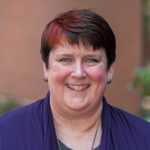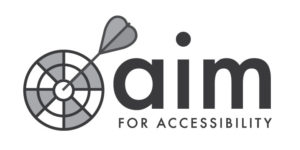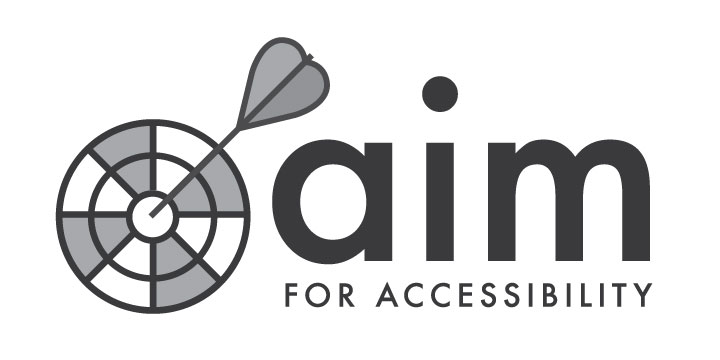Greetings Chemeketa!
My name is Heather and I am your new Digital Accessibility Advocate.
A little about me
 I am new to Chemeketa and Oregon – I moved here from Logan Utah for this opportunity and I am thrilled to be here! I am loving the Salem area and the amazing Chemeketa community. In fact, it was Chemeketa’s philosophy of inclusion and respect for all that drew me here.
I am new to Chemeketa and Oregon – I moved here from Logan Utah for this opportunity and I am thrilled to be here! I am loving the Salem area and the amazing Chemeketa community. In fact, it was Chemeketa’s philosophy of inclusion and respect for all that drew me here.
My path to accessibility and advocacy was not exactly straightforward: My early career was in hospitality. My resume includes positions as the Executive Chef for the American Consulate in St. Petersburg Russia; the Food and Beverage Director for a Washington DC based Hotel; and the Catering Manager for Utah State University Food Services.
After spending so much time on campus with catering, I decided I wanted to go back to school so I could teach hospitality. While I was working on my Master’s at Kansas State I became intrigued by the possibilities that the Internet promised for higher education – especially for those who did not have the option to attend school as “traditional” students. These interests led me (back) to Utah State for a doctorate in Instructional Technology. While there, I needed an assistantship, and as they did not have a hospitality program, I ended up working at the Center for Persons with Disabilities (CPD) – it changed my life – and I have never looked back!
While at the CPD, I had the opportunity to learn about the importance of digital accessibility and became involved in a project to develop materials designed to help institutions of higher education plan for and promote system-wide digital accessibility. I also helped to create materials that could be used to assist regional accreditors in evaluating web accessibility efforts during the reaffirmation cycle. This work soon became my passion – my goal (and obsession) is to ensure that all students have equal and inclusive access to education.
So now you may be asking “What is Digital Accessibility – and what does it have to do with me?”
Well… Digital accessibility means ensuring that online and other digital materials (e.g. Word Documents, PDFs etc…) are usable by all students – including students with disabilities. But it is also so much more – making sure that materials are accessible for all has benefits well beyond students with disabilities. Many of the techniques that make materials accessible also make them easier to use and understand for all students and can save you time and effort during creation. It is also good for Chemeketa – by incorporating accessible design into our work, we create a culture of inclusion that enriches everyone.
I can hear you thinking – I’m busy and it sounds hard…
Don’t Panic – you don’t need to learn new programs or anything difficult to make things more accessible. I am here to share a few simple things that you can do to help make sure that your course materials are usable by all students.
Our new campaign Aim for Accessibility has 8 considerations to make your materials more accessible:
- Color

- Graphics
- Headings
- Language
- Layout
- Links
- Lists
- Tables
In addition to making documents more accessible, these recommendations also are best practices for education. You don’t even have to do them all at once – like our dartboard, while the ultimate goal is the bullseye, you get points just for getting on the board.
I am here to help
My job is to help you to help your students to succeed. I am located in the Tech Hub (Salem Campus Building 9/106) and would love to work with you. Please feel free to stop in or call (503.589.7832) anytime with questions, to find out more, or to just say hi… (or, I can come to you). I am thrilled to be a part of the Chemeketa community and am looking forward to getting to know you (and Oregon) over the coming months.

